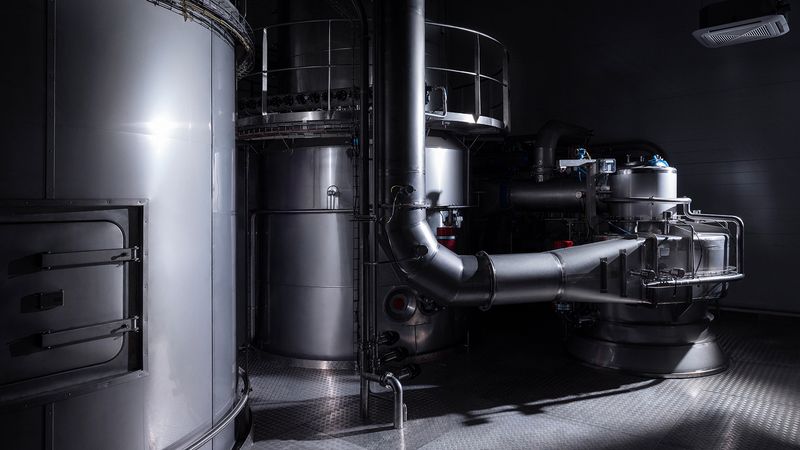

Breakthrough in cultivated meat: new system enables animal-free growth
Scientists from Tokyo Women’s Medical University, Waseda University, and Kobe University have announced a significant advancement in cultivated meat technology. By creating a co-culture system that combines muscle cells with cyanobacteria, they have successfully grown cultivated meat without relying on animal-derived serums, a major leap for the industry.
Cultivated meat has long been seen as a sustainable and ethical alternative to traditional meat production, promising fewer environmental impacts and a drastic reduction in animal suffering. However, one persistent challenge has hindered its progress: the need for animal serum in cell culture. Derived from fetal calf blood, animal serum contains the necessary nutrients and growth factors for cells but raises ethical concerns and drives up production costs. Finding a serum-free growth solution could remove a significant barrier to making cultivated meat scalable and affordable.
This new co-culture system, a brainchild of the collaborative research between Tokyo Women’s Medical University, Waseda University, and Kobe University, offers a potential answer. The team employed genetically modified cyanobacteria, known for their ability to convert light into energy, alongside liver cells to produce a nutrient-rich environment for growing muscle cells without animal products. This innovation not only addresses the ethical dilemmas associated with traditional methods but also promises a reduction in costs and a boost in scalability for cultivated meat production.
The co-culture system utilizes the unique abilities of cyanobacteria, a type of photosynthetic microorganism capable of producing nutrients essential for cell growth. In this setup, the cyanobacteria produce growth factors, amino acids, and other nutrients through photosynthesis, essentially creating a self-sustaining environment that powers the growth of muscle cells without relying on any animal-derived ingredients.
In addition to providing the required nutrients, cyanobacteria actively recycle waste products generated during cell growth. This recycling mechanism is crucial, as it prevents the accumulation of toxic byproducts that typically hinder cell development in closed systems. Researchers found that this approach reduced toxic byproducts by up to 90%, creating a healthier environment for the muscle cells to thrive. This waste-to-nutrient recycling represents a major advantage over traditional cell culture methods, which frequently require continuous intervention to maintain nutrient levels and remove waste.
One of the biggest challenges for cultivated meat lies in reducing production costs to make it viable for mass consumption. Currently, animal serum accounts for a significant portion of these costs, as it’s both resource-intensive and expensive to produce. The co-culture system’s serum-free approach holds the potential to drastically reduce these costs, making cultivated meat production more economically feasible.
With its ability to harness light and self-generate nutrients, this system could also lower energy requirements compared to conventional systems. By minimizing the need for constant nutrient supplementation and waste management, researchers anticipate that this method will reduce overall production time and resource use, providing a clear path to more scalable, cost-effective cultivated meat manufacturing.
This breakthrough is not only a win for sustainable food technology but also for the fields of regenerative medicine and biopharmaceuticals. The ability to cultivate cells in a serum-free environment opens doors to numerous applications, including producing tissues and organs for medical purposes without reliance on animal products. By refining this method, researchers hope to create a versatile and scalable platform that meets the demands of both food and medical industries.
The next steps involve further testing and optimizing this system for commercial use. Although promising, the transition from laboratory success to industrial-scale application will require overcoming regulatory hurdles, refining production protocols, and ensuring consistent quality across larger batches. However, the potential is enormous; should this system prove effective at scale, it could reshape how cultivated meat is produced and make it accessible to a wider audience.
If you have any questions or would like to get in touch with us, please email info@futureofproteinproduction.com






